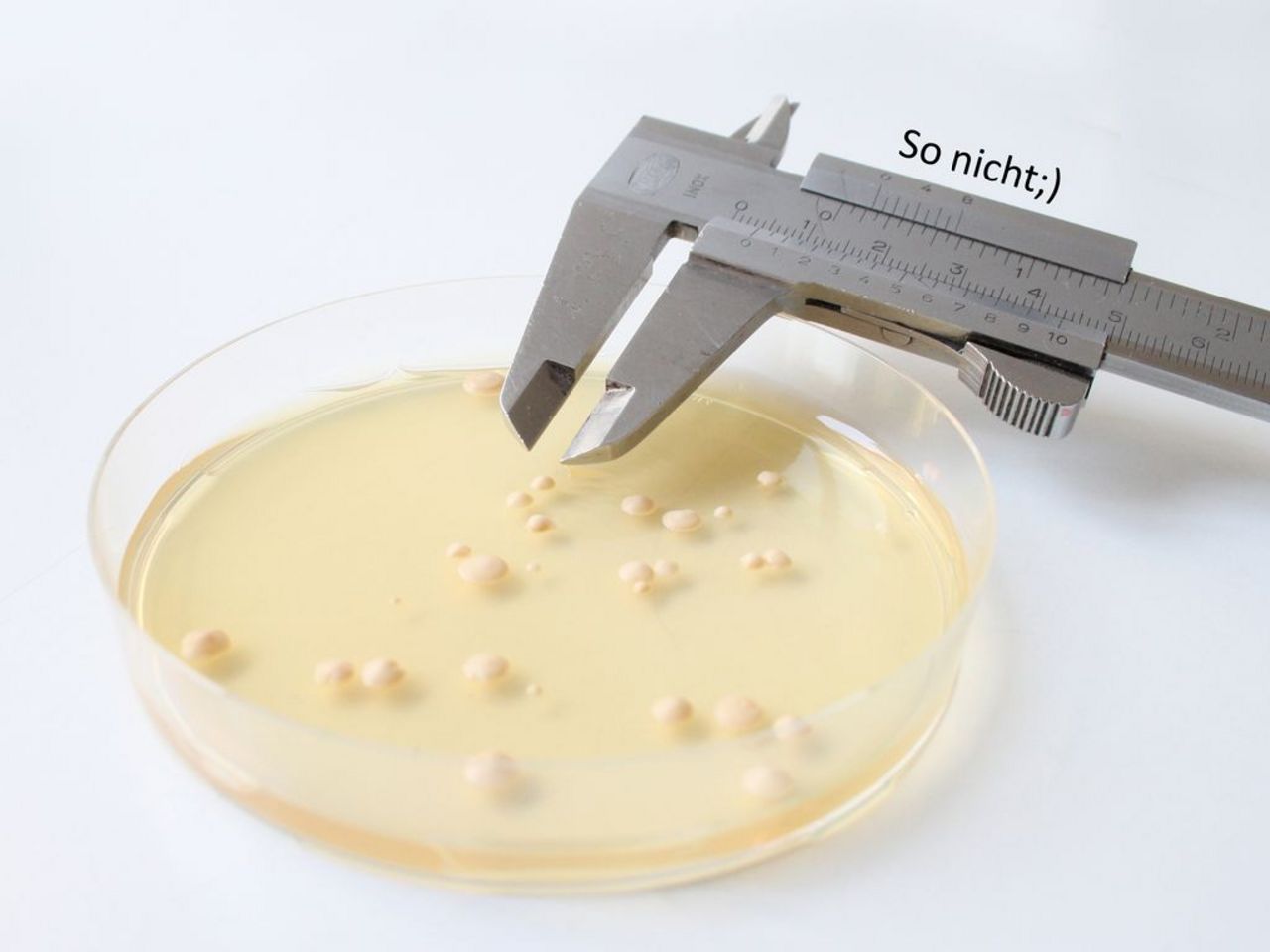Project
What are the sizes of bio-aerosols?

Investigation of the size distribution of micro-organisms in the air – Development of suitable measurement systems and size fractionated emission measurements at animal houses
“What is the size of bio-aerosols?” The answer to this question is not easy to give, because bio-aerosol particles are composed of many different components as viruses, bacteria, moulds, pollen and debris of plants and animals, each with different sizes. It is an important question, too, because the effects of bio-aerosols on human health are depending also on the particle size. For example, large bio-aerosol particles get already stuck in the nose or mouth which may cause a common cold, but small particles can get deep into the lungs and in the worst case may induce pneumonia.
Background and Objective
Approval processes for construction or expansion of animal housings include also the assessment of environmental effects. In this context the dispersal of bio-aerosols is calculated by computer models and also if they may get in residential areas. For these calculations it is assumed that the size of bio-aerosol particles is below 2.5 µm, which is not true. To improve the prediction of dispersion models and the environmental health assessment of bio-aerosol emissions we want to determine the size-distribution of bio-aerosols from animal housings.
Target Group
Valid data are needed for the estimation of health effects of emissions on the population. Our results help regional authorities, environmental auditors and engineering consultants to assess possible risks.
Approach
We proceed as follows:
- Extensive Literature research to identify knowledge gaps
- Development of the required measuring systems and methods
- Conduction of measurements in order to increase our knowledge
Data and Methods
A review on the particle size distribution of bio-aerosols is given by more than one-hundred publications. However, they also show that there is a lack of measuring systems especially for larger particles. In our laboratories and workshops we combine microbiological knowhow with microcontroller technique and precision engineering to build such systems. With these systems we conduct measurements at animal housings to collect the lacking data and implement them in dispersal models
Our Research Questions
What are the sizes of bio-aerosols from animal housings?
Results
An extensive literature research has shown that mould spores exist in the air as single spores whereas bacteria form large aggregates on particles > 10 µm. As a result, a size-selective sampling system for bioaerosols was developed. Measurements in the emissions of pig fattening houses have shown that only about 20% of total bacteria and staphylococci are found in the PM2.5 fraction, about 40% were > PM10. This should be taken into account in the future for dispersion modellimg of bioaerosol imissiones.
Links and Downloads
Thünen-Contact

Duration
12.2013 - 12.2018

![[Translate to English:] [Translate to English:]](/media/_processed_/3/6/csm_Hintergrund-Ausschnitt1_9daaef6b89.jpeg)
![[Translate to English:] [Translate to English:]](/media/_processed_/3/6/csm_Hintergrund-Ausschnitt1_0bd7111163.jpeg)
![[Translate to English:] Logo des Bundesministerium für Ernährung und Landwirtschaft](/media/allgemein/logos/BMEL_Logo.svg)